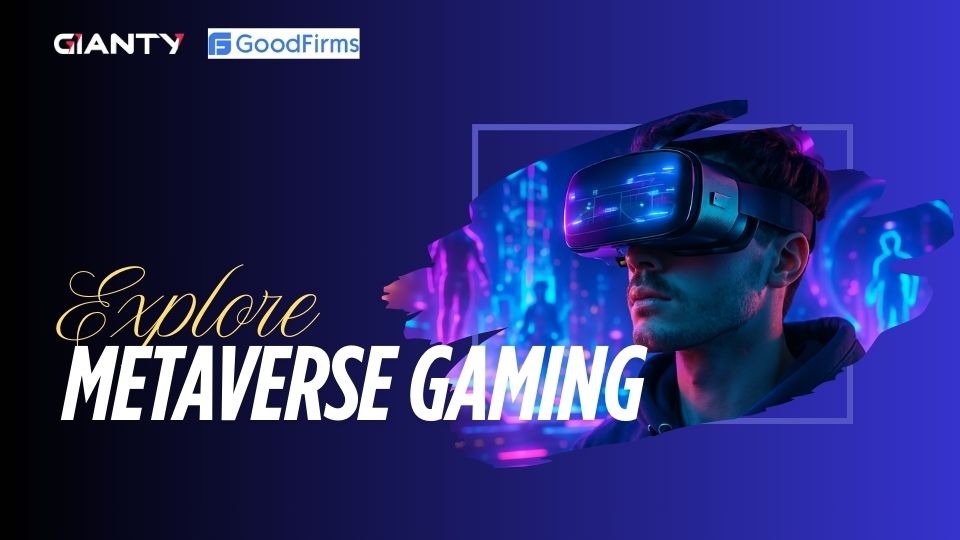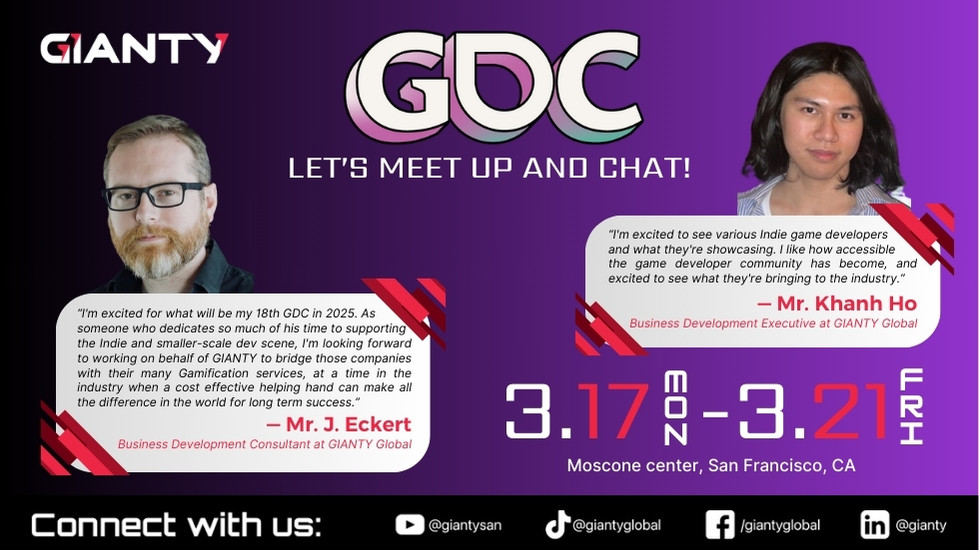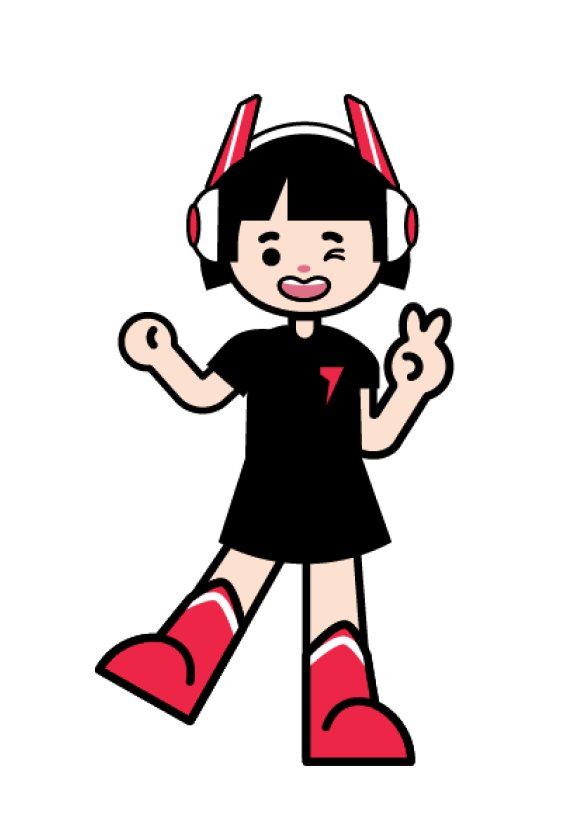Have you ever thought about creating your own game? Did you let your imagination run wild on what kind of game it could be? Maybe a thrilling first-person shooter game, a fantastical open world RPG or a cute, pixelated arcade game with thousands upon thousands of levels.
By thinking in that direction, you’ve already begun to wander into the gameplay mechanics.
How could you not?
It is impossible not to come across gameplay mechanics as they are part of the ruleset, an integral piece of the foundation to help the game function in the first place.
In this blog, we’ll first establish what gameplay mechanics are and emphasize the importance they have. We will also compare the differences between mechanics and actual gameplay and show how having gameplay mechanics can affect and enhance the experience players have tremendously.
What are gameplay mechanics exactly?
When looking up the words on the internet, one might only find themselves faced with the general game mechanics.
That is because only a portion of the game mechanics make up the actual gameplay mechanics.
Game mechanics in general encompass every single rule that was implemented into the game, and if narrowed down to gameplay mechanics specifically, the focus lies more in enhancing the players experience through active participation.
They make it possible that it is almost entirely up to the player how to proceed.
Every action the player makes evokes an in-game response – a character moves, a menu pops up, a chat opens, and so on.
In turn, the player reacts to said response by experimenting with more controls, learning how the game works by interacting with the environment which keeps them interested in the challenge it offers.
After all, gameplay mechanics are specifically designed to keep the player engaged in an entertaining way by providing a great variety of interactions.
Doing so encourages players to continuously return to the game and attract more players.
It is a game designer’s responsibility to establish which gameplay mechanics to add during the planning process before the start of production as they have a certain degree of influence on aspects like aesthetic and storyline to name a few.
Even the game’s success is often deeply tied to its…
Core Gameplay Mechanics
That is why they need to be easily identifiable at first glance – to emphasize purpose and theme – and are always heavily included in advertisements through trailers, showcases and other kinds of promotions before the release date.
The whole game revolves around the usage of these core gameplay mechanics.
They determine how exactly players are able to interact with the environment, and throughout the game, players undeniably interact with these main mechanics the most in order to progress.
1. Movement Controls
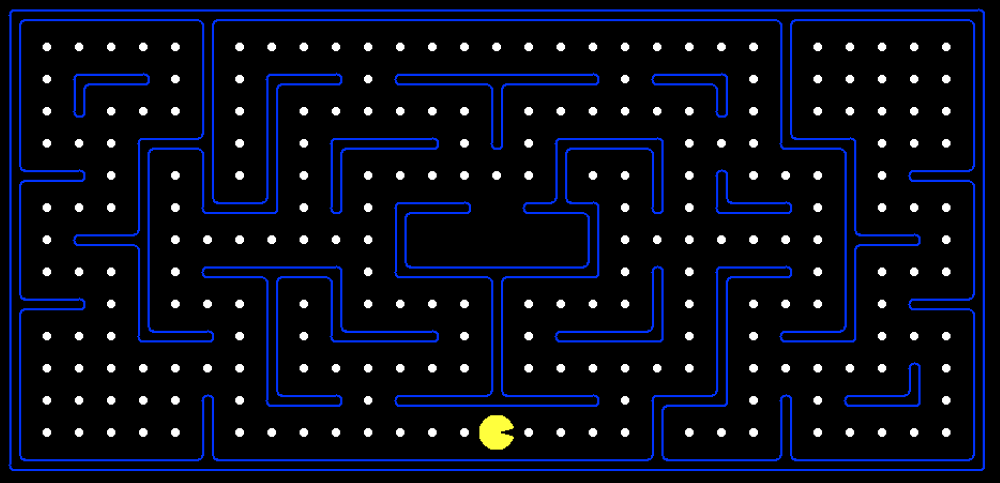
- An integral element for a majority of games across different genres
- Includes walking, running, climbing, jumping, dodging and gliding
- Gives players the freedom to thoroughly explore the world
- o Opens the opportunity to implement even more interesting and fun gameplay mechanics and features for players to find: challenges, combat, puzzles, treasures, lore, etc.
- Players get a feel for the world and get interested in it and all the characters in it
- If there’s no world to explore, as long as there’s an avatar it will almost always be possible to move to solve challenges
Sometimes, the combination of certain actions can reveal a unique gameplay mechanic. Nintendo’s Mario can increase the height of his jump if the player presses the jump button three times in quick succession.
2. Combat Systems
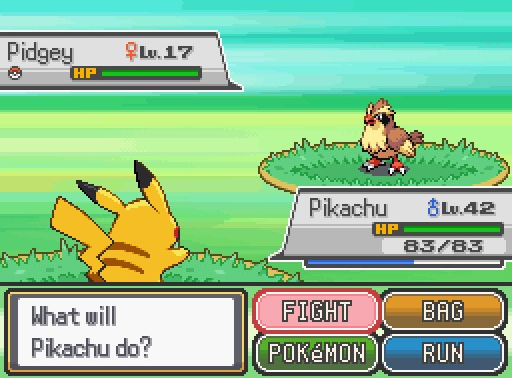
- Mainly found within the action genre
- Immensely popular in multiplayer for competitive purposes
- Players can either control a single character or an entire team to fight against non playable characters (NPCs) or against other players
- There are a lot of combat systems to choose from
- Players have a wide array of gameplay mechanics solely dedicated to combat
- Are encouraged to defeat enemies strategically
- Valuable rewards wait at the end of every battle
- Items that are useful for other aspects of the game or, at times, an achievement behind exciting, stimulating entertainment.
If the combat system is not a turn-based one, where the combat time is split into turns with a specific order for stationary characters, then it is often paired with another gameplay mechanic: movement.
Combinations of multiple core gameplay mechanics are not a rare sight within the game industry, especially this particular mix.
3. Dialogue Options
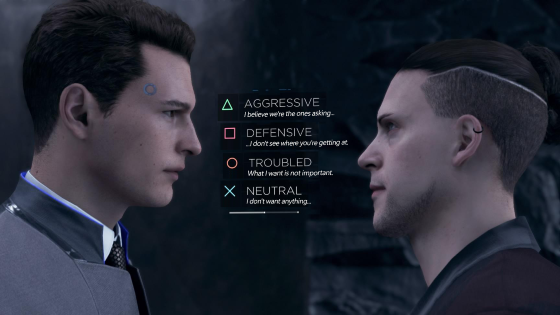
- Adventure games and role-playing video games use dialogue options to make the experience more organic and fun
- Players must choose one from multiple different dialogue options to move the conversation forwards
- Can range from accepting small side-quests, to changing relationships, to having devastating consequences in the long run
- Dependant on the players attitude through the given options
- They can get barred from features that can only be unlocked through a certain amount of positive relationship points
- Once a dialogue option has been chosen it is not possible to take it back without interrupting the flow of the game
- The only way being saved game progress or for some games even a complete reset
In the process of interacting with multiple different NPCs, all with their own characteristics, players often form small attachments to the ones that appeal to them the most. They are now motivated to pay close attention to the game’s details to get their desired results.
Endless possibilities do not come without limitations
Of course, it needs to be said that cramming every single gameplay mechanic into a game is impossible.
Say you are playing a first-person shooter game for example. It would be nonsense for a screen to suddenly pop up that tells the player to roll some dice for damage and a relaxing farming simulator would certainly not benefit from a combat system.
That just won’t do!
As mentioned before, games are made up of multiple core gameplay mechanics. Any other secondary gameplay mechanics are implemented based on how to complement the already existing core mechanics.
Too little elements make the fame repetitive and boring, too many make it confusing and crowded.
To create an enjoyable experience for players, gameplay programmers work closely together with game designers in order to turn their vision into one coherent and balanced finished product.
Not only do the implemented gameplay mechanics have to work well with each other, they also need to make sense within the theme of the game.
Game Mechanics vs Gameplay
Where game mechanics go, gameplay is not far to follow. And while sometimes confused with one another, there is a stark difference between these two:
Game Mechanics
- Solidly implemented into the game independent of the buyer
- Individual rules that decide on what actions players are allowed to do
- The ability to do something with the click of a button
Gameplay
- Depends on what the player makes of the mechanic
- Overall Experience and interaction of players with the world
- Usage of multiple game mechanics together for maximum enjoyment
Benefits of Gameplay Mechanics
Variety: Implementing multiple gameplay mechanics ensures that there is a wide array of activities for the players to choose from.
By having a lot of content to interact with, it prevents the game from getting repetitive.
It keeps players’ attention even after they have finished the main part of the game by offering entertainment that transcends the completion of the game or have players replay the entire game; only opting to choose different actions this time around.
What gameplay mechanics get used often overlap between the many different genres, so by adding a large number of gameplay mechanics the game appeals to a much broader audience.
Players outside of the usual target audience might decide to check out a game because they have spotted something familiar amongst what is offered.

Freedom: Being interaction based, gameplay mechanics often grant the players a certain level of freedom.
They can move however they want within the borders of the game. Having minimal restrictions, players are able to fully immerse themselves into the game.
In adventure games for example, players can explore a vast number of areas in real-time as if the avatar they are currently moving is themselves.
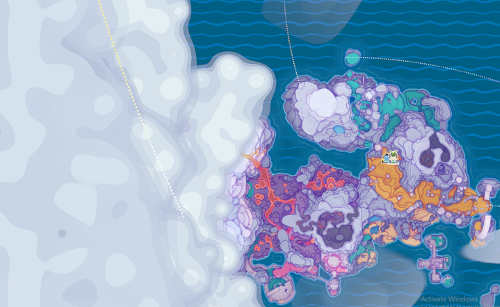
Personalisation: With the granted freedom players are given the ability to shape everything they are able to interact with in a meaningful way, slowly adding their own individual touches into the game.
After playing the game and interacting with multiple gameplay mechanics for a while a lot of elements have been personalized.
They might have built something, have specific relationships with a handful of NPCs, equipped their team with hard earned, hand-picked equipment or just customized the avatar they play with.
Every interaction shapes the in-game world in a unique way. It is easy to become quite attached to the game afterwards because it isn’t just any progress to the players, it’s their progress that they had put a lot of time into.

At GIANTY
At GIANTY, we understand the importance of gameplay mechanics as one of key elements influencing a game’s functionality and therefore its success. Our skilled team of technical experts has the ability to turn a concept with different floating ideas into one smoothly running game.
We have been paying close attention to how quickly the gaming industry has been evolving for the past few years, and with the number of games being released and updated every year it is safe to say that there will be no stopping the development of new gameplay mechanics anytime soon.
Contact GIANTY if you are interested in taking part in this advancement with us.



